Feb. 7, 1882: Sullivan vs Ryan
At the dawn of pugilism’s gloved era, championship claims were difficult to prove or sustain absent reliable record-keeping and a means to ensure prizefights could happen without police interference. By 1880, ever since Jem Mace had unified the British and American titles in 1870 and then gave up his crown to fight paid exhibitions , boxing had lacked a steady, recognized heavyweight champion. Eventually Irish battler Patrick “Paddy” Ryan emerged as the new king, his 87 round win over perennial contender Joe Goss solidifying his claim.
Boxing was different then, but its visceral brilliance would still be recognized today. Of that epic confrontation The Plain Dealer wrote: “After the battle [Ryan and Goss] plainly showed the brutal treatment they had received. Two more repulsive looking objects it would be difficult to imagine. Deep gashes marred faces that never were classical, while swollen lips and black eyes evidenced the fierceness of the fight. Here and there over the naked breasts and arms of the men were stains of blood, which gave them the appearance of painted savages.”
Between constant hand and facial injuries and navigating both the prohibition against pugilism and the general public distaste for boxing, being a prizefighter at this time was neither easy or glamorous. Thus, it is not difficult to understand why Ryan went on hiatus from the ring as America’s heavyweight champion, yet the title remained his.
Meanwhile a young Bostonian named John L. Sullivan, who was bankrolled by his manager, trainer and frequent exhibition partner Billy Madden, rose to prominence by defeating the likes of Goss, “Professor” Mike Donovan and John Flood. In 1880, Sullivan sent word through press that he would fight anyone in America for $500, gloves or bare knuckle. And in a time where challenges were often issued through the press for months or years before fights could be gradually financed, this was significant braggadocio.
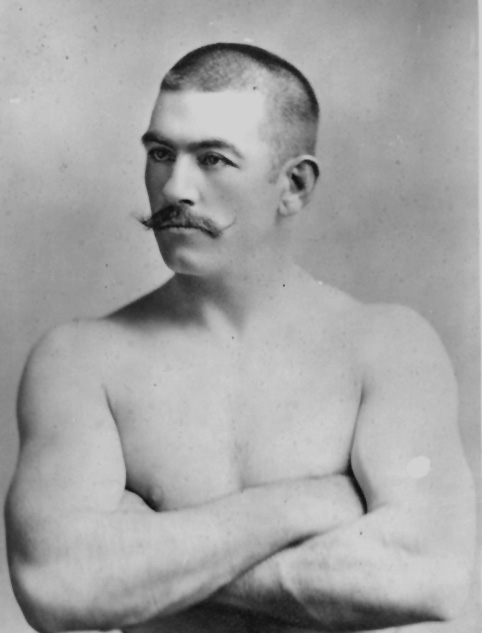
When a Sullivan vs Ryan match was announced in October of 1881, many expected Ryan, who was also a wrestler, to out-size the challenger, but there were reports the champion had recently suffered a hernia and was made to wear an uncomfortable truss as a result. He was weathered, and it was a fact that didn’t escape him. “My fight with Sullivan will be my last,” he told a reporter shortly after the bout was signed. “I meant to have retired before, but you know how it is. When you whip somebody there is always somebody else turning up that wants to try his hand, and that’s the way I am caught this time.”
Rockaway Beach, not far from his adopted hometown of Troy, New York, was Ryan’s training base, and where he sought to lose weight during the first portion of his camp. Meanwhile, the younger Sullivan, on his way to New Orleans where it was hoped the match would take place, made stops in major cities such as Louisville, Indianapolis, St. Louis and Chicago.
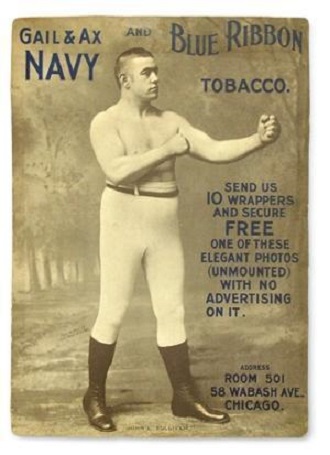
On December 21 a three-round exhibition with Charley McDonald in New York gave Ryan a chance to earn some extra coin and gave his fans an opportunity to give him a proper sendoff prior to his leaving for New Orleans. The following day The Boston World stated, “Mr. Paddy Ryan, the Troy bruiser, is to have a sunburst in his ‘colors,’ but it won’t be a marker to the one that Mr. Sullivan will give him between the eyes.” McDonald, who was billed as the Canadian heavyweight champion, traveled with Ryan and fought him in a number of gloved exhibitions. While both were undoubtedly paid for these events, they also served as a means of promoting the showdown with Sullivan.
Meanwhile, Richard K. Fox, the proprietor and editor of the popular Police Gazette magazine, was Ryan’s financial backer and the publication supported his claim as the true heavyweight champion. Fox told reporters that if Ryan won, he would put up ten grand of his own money to send his fighter to Europe as the Police Gazette champion, making his claim globally undisputed. No doubt the fact Fox and Sullivan happened to hate each other played a factor in all this.
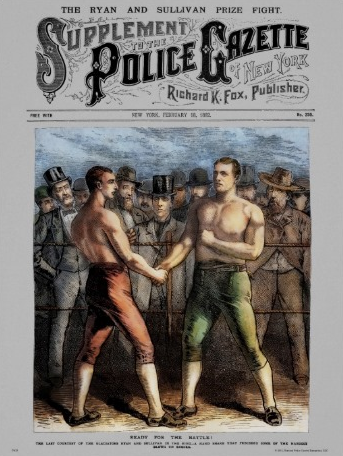
The location of the match was in question right up until it finally took place. The focus shifted from New Orleans to Bay St. Louis, Mississippi, but just when the bout looked to be a lock and Sullivan started training there, the state legislature threatened to pull the plug, forcing the fighters to gravitate back to New Orleans. Indeed when representatives of both camps met at the last minute to hammer out the final details and post the last chunk of their $2500 forfeit, police somehow learned of the deal and attempted to intervene. But business was concluded with Ryan winning the right to choose the location of the set-to: Mississippi City.
It took nine rounds and approximately 11 minutes for Sullivan to vanquish Ryan in an oak grove in front of the Barnes Hotel. Under London Prize Ring Rules, a round ended when one or both fighters were put down, including wrestling take downs. Sullivan drew first blood and decked Ryan with his famed right hand. The champion then wrestled “The Boston Strong Boy” to the ground to end round two. But the exertion of the maneuver sapped Ryan’s energy and he found himself thrown about in clinches thereafter, despite his wrestling background. In the ninth round both men were fading quickly, but a right hand to the side of the head folded Ryan up in a grotesque pile, his jaw badly swollen.
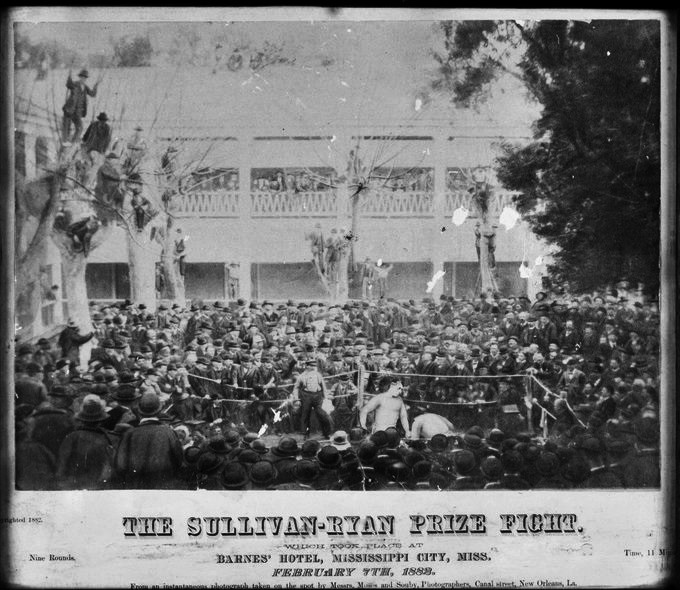
The crowd of some 5000 spectators who dared to show up at the illegal event let out a loud cheer. Sullivan exited the ring with the American heavyweight championship, Richard K. Fox’s support, and a black eye, plus the winner-take-all jackpot. For his part, Ryan claimed he was quitting the fight game altogether, but true to form, decades before it would become an unfortunate stereotype, boxing pulled him back in. He later dismissed the loss to “The Boston Strong Boy,” blaming it on his truss coming undone early in the fight.
The link between the more primitive form of pugilism and the gloved martial art under Queensbury rules that boxing evolved to is Sullivan, while Fox was instrumental in prepping the U.S. public for the sport’s eventual rise to prominence in only a few short decades. And it all started with Sullivan vs Ryan in an oak grove in Mississippi City. — Patrick Connor

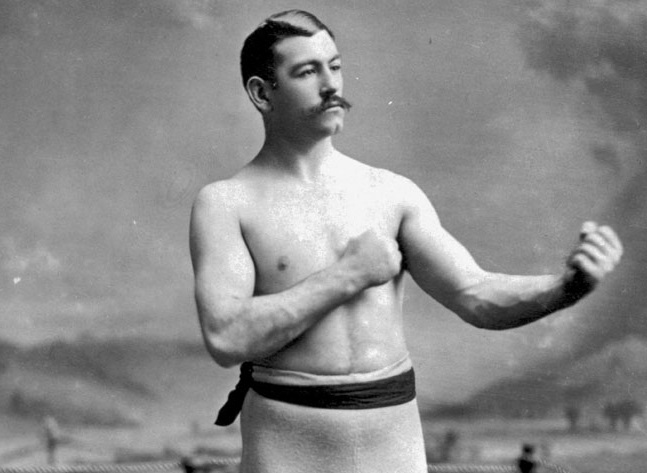

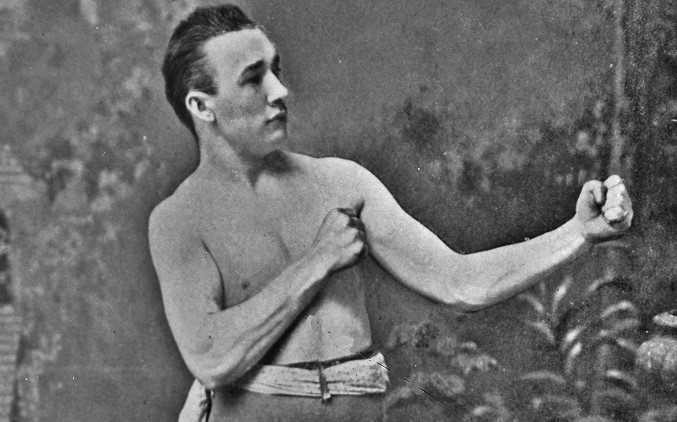
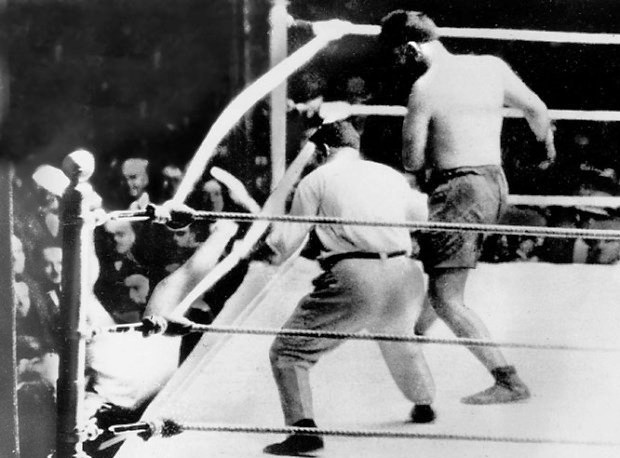
Love Boxiana articles….and this one was a doozy. Old day fighters and the crap they (and the fans) had to go through is always an entertaining read, it makes you appreciate what you got today.
Indeed some of the most interesting things about fights right around this time is the gigantic hassle it put a lot of people through just finding a way to make it happen. It still is a pain in the ass in some ways, just not quite in the same ways. Thanks for reading
I had no idea until very recently, and I find it very interesting. I assumed boxing faced some opposition from religious or moralistic politicians, but not to the point of these stories we hear: barns, fields, boat rides to secret locations…
Hard not to romanticize about that era.
Great Read, Thanks!
The photo is of the Sullivan vs Kilrain fight. I have seen a photo of the Sullivan v Ryan fight. Sadly it is heavily retouched and the fighters look almost like a drawing.
Love reading these. Finding good readings about Sullivan, Ryan, Donovan, etc. is hard. Keep it up. Love this page.
Great article! I’m a teacher in what was once Mississippi City. Our school is about a half mile from the site of the fight. I’d love to have your permission to use this in a class project and to have some info about your source material.
Reading you noted comment re the Sullivan v Ryan fight, did you ever incorporate the fight history in your classroom? I am from Gulfport and am attempting to research the fight. Prior to Hurricane Katrina, there was a historical marker on the Beach Blvd. between Texas and Arkansas Streets. It disappeared thereafter. Do you know what happened to the marker, or do you have a photo of the old marker or the content of the text displayed on the marker? Thanks,
This fight was in reality the passing of the torch between the old London Prize Ring bare knuckle rules and the era of a sports superstar of which Sullivan was the first. In 1882 there were really only two major sports in America, baseball and prize fighting. Sullivan’s athleticism, toughness and charisma took boxing from illegal brawling to the sports pages of American newspapers. Although Sullivan engaged in other bare knuckle contests, i.e. versus Mitchell and Kilrain, he was the first real heavyweight champion of the world as recognized by the sporting public.
I love the history of prizefighting and old pictures or sketches of the bare knuckle fights.
I missed where it says who won the Ryan-Sullivan bout.
Sullivan won in 9 rounds.